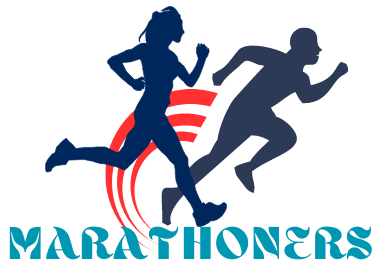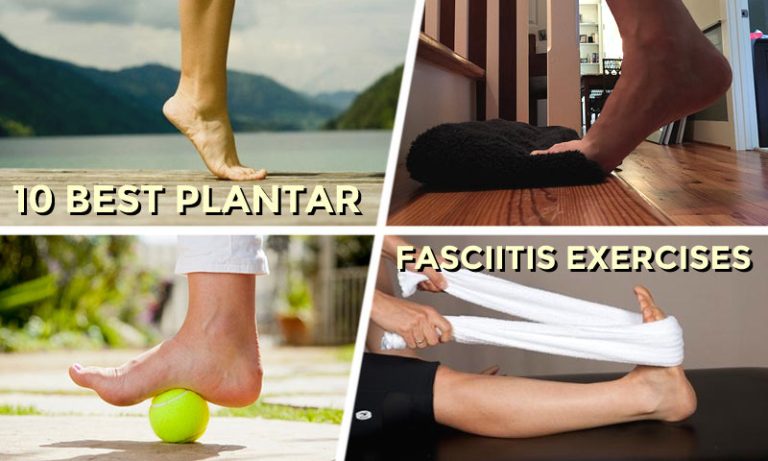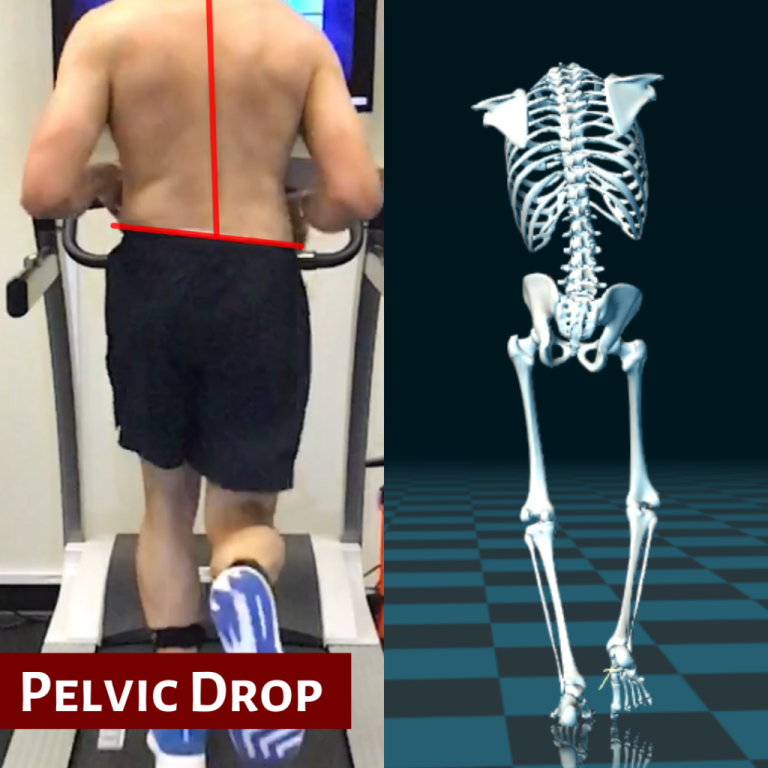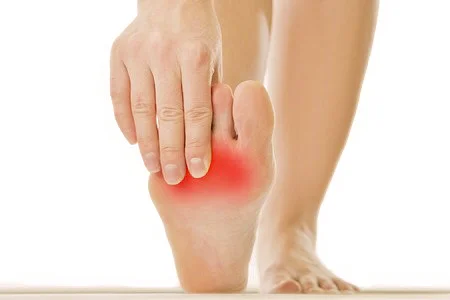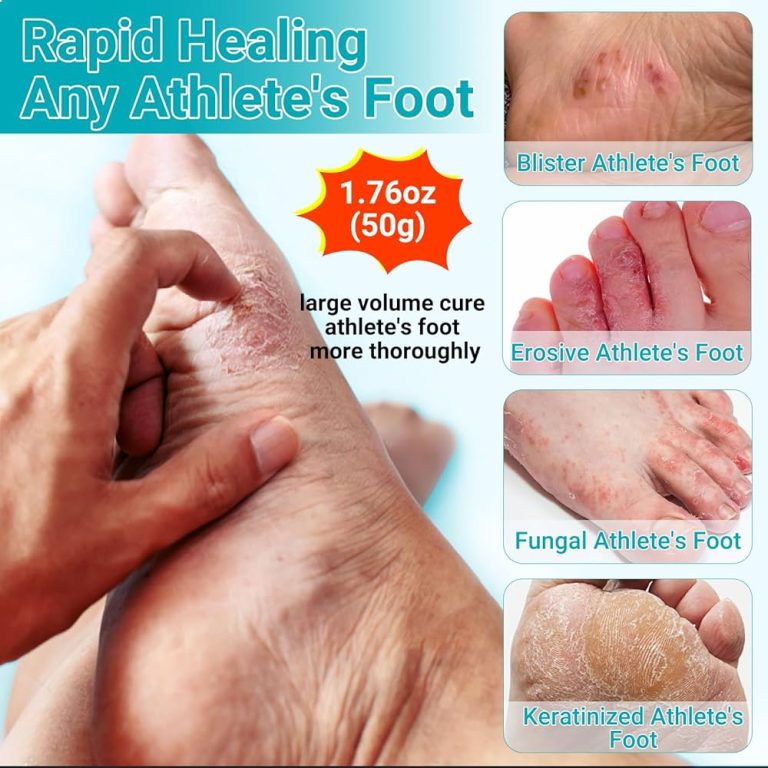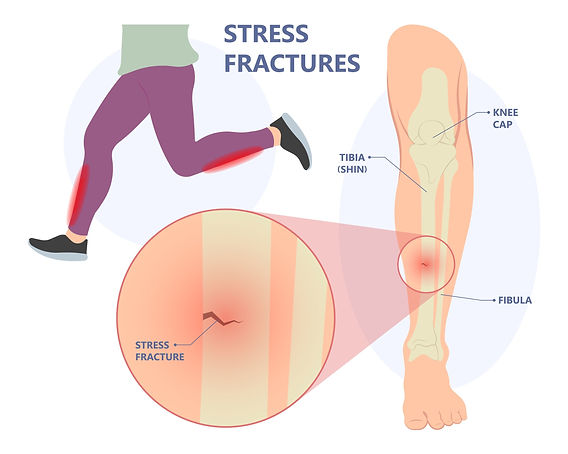What Does a Runner’s Knee Feel Like? Symptoms and Solutions
A runner’s knee feels like a dull pain around or behind the kneecap. It often worsens with activity or when sitting for long periods.
Runner’s knee, also known as patellofemoral pain syndrome, is a common issue for many athletes. You might feel a grinding sensation or hear popping sounds as you bend your knee. This discomfort can disrupt your daily activities and workout routines.
It’s crucial to understand what runner’s knee feels like to address it properly. In this post, we’ll explore the symptoms and sensations associated with runner’s knee. Understanding these can help you seek the right treatment and prevent further injury. Let’s dive into the details and learn more about this common condition.
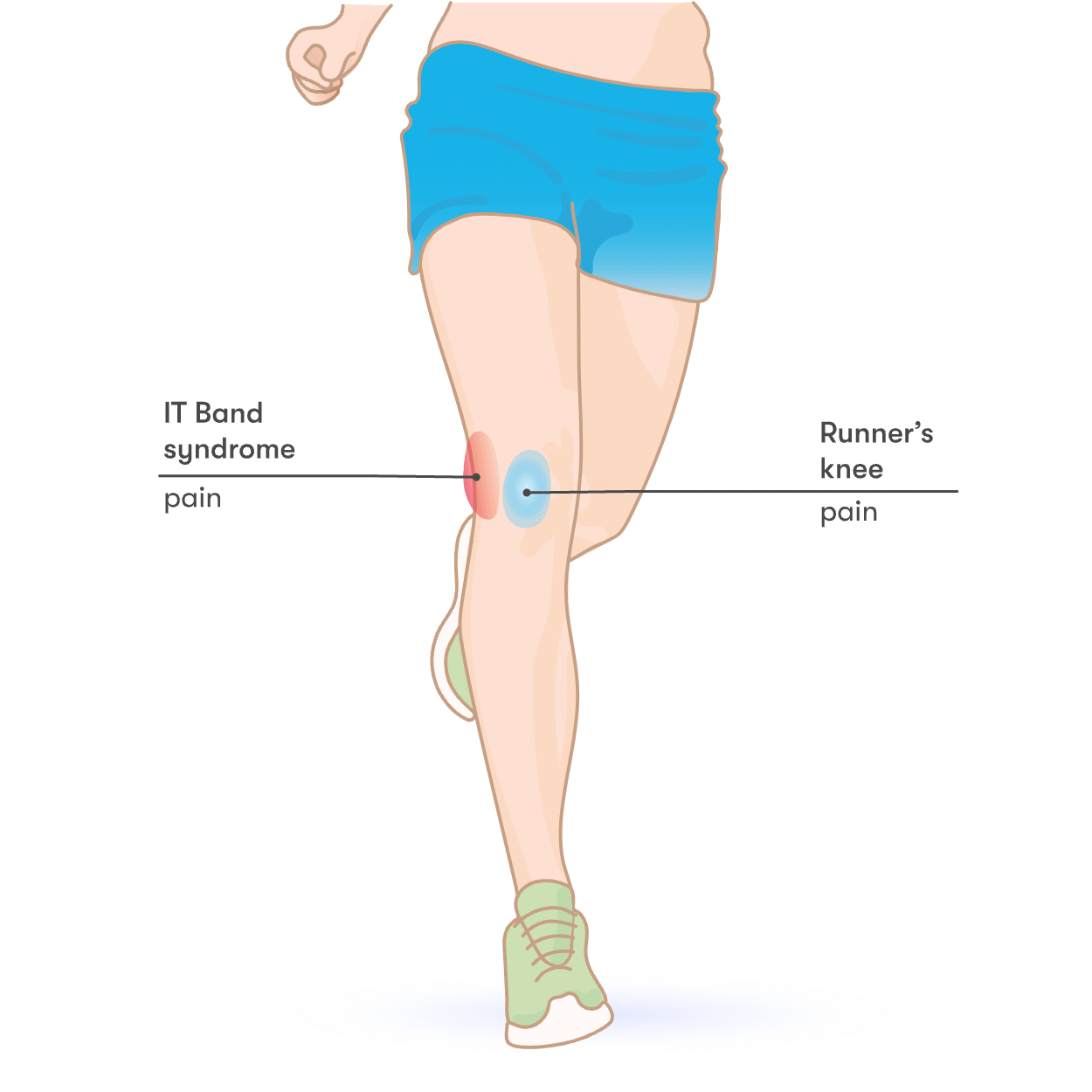
Credit: injurymap.com
Introduction To Runner’s Knee
Runner’s knee is a common term for pain around the kneecap. It often affects runners and athletes. The pain can be sharp or dull. It usually gets worse with activity. Rest and ice can help ease the pain.
Many athletes suffer from runner’s knee. It affects both beginners and experienced runners. Studies show that it can impact 20-40% of runners. Proper warm-up and cool-down exercises can reduce the risk. Wearing the right shoes also helps.
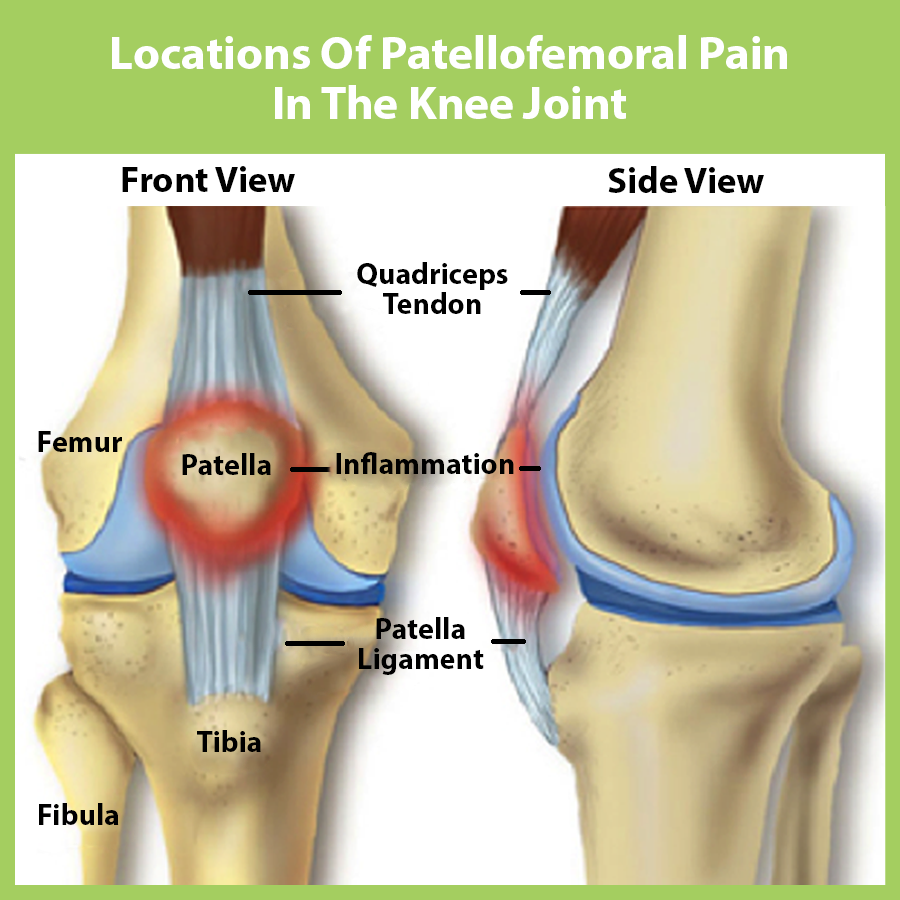
Credit: www.thekneejoint.com
Common Symptoms
Pain around the kneecap is a common sign. It can hurt during or after running. Sometimes, it hurts when you sit for too long. The pain might be sharp or dull. It often gets worse when going up or down stairs.
The knee might swell. It can feel tender to the touch. Swelling can make the knee feel tight. This makes it hard to move. Sometimes, the knee feels warm. Resting and ice can help with swelling.
Causes And Risk Factors
Running too much can lead to overuse injuries. The knee gets stressed from repetitive motion. This causes pain and swelling. Taking breaks and resting helps. Stretching before and after running is important. Listen to your body to avoid harm.
Poor running form can cause biomechanical issues. Flat feet or high arches can also be a problem. Weak muscles in the hips or legs add to the risk. Custom insoles or supportive shoes help. Strength training can correct muscle weaknesses. Getting a gait analysis might be useful.
Diagnosing Runner’s Knee
A doctor will check your knee. They will look for swelling or tenderness. They might ask you to bend and straighten your knee. This helps to see how your knee moves. Sometimes, you may feel pain during these movements. The doctor may also press on your knee to find the sore spot.
Doctors use imaging tests to see inside your knee. X-rays show the bones. They help to find any breaks or changes. MRIs show the soft parts like muscles. They help to find tears or swelling. CT scans give a detailed view of your knee. These tests help doctors see the problem clearly.
Immediate Relief Strategies
Runner’s knee causes sharp pain around the kneecap, especially during movement. Immediate relief includes rest, ice, and elevation.
Rest And Ice
Rest the knee to help it heal. Avoid running or walking long distances. Use ice packs on the knee for 15-20 minutes. Do this several times a day. This helps reduce swelling and pain. Keep the knee elevated when resting. This helps lower swelling too.
Anti-inflammatory Medications
Taking anti-inflammatory medications can help reduce pain and swelling. These can be over-the-counter drugs like ibuprofen or aspirin. Always follow the dosage instructions on the package. Consult a doctor if the pain is severe or persistent.

Credit: cellaxys.com
Long-term Treatment Options
Physical therapy helps a lot. It’s a great way to heal. A therapist will guide you. They show you safe exercises. These exercises build strength. They also improve flexibility. Regular sessions can reduce pain. It helps prevent future injuries. Trust your therapist. Follow their advice. Consistency is key. Never skip sessions.
Strengthening exercises are vital. They make your muscles stronger. Strong muscles support your knee. This can reduce pain. Focus on your quadriceps. Your hamstrings too. Simple exercises work best. Squats are great. Lunges help too. Do them slowly. Form is important. Don’t rush. Listen to your body. Stop if it hurts.
Prevention Techniques
Wearing the right shoes is very important. They must fit well. Shoes should give good support. They should not be too tight or too loose. The soles need to be strong. They must cushion your feet. Change shoes when they wear out. Old shoes can cause pain. Good shoes can help you run better.
Mix up your workouts. Do not run every day. Add biking or swimming. This helps your muscles rest. Balance hard and easy days. Do not push too hard. Rest is important. Your body needs time to heal. Stretch before and after running. This keeps muscles loose. Balanced training helps you stay healthy.
When To See A Doctor
Persistent pain in the knee is a serious sign. If the pain does not go away, it may need a doctor’s check. Pain that lasts for weeks needs attention. Ignoring it can make things worse. Pain that wakes you up at night is also a bad sign. Swelling and redness around the knee are other signs. A doctor can help find the cause and suggest treatments.
Loss of knee function means you can’t use your knee like before. If your knee locks or gives way, see a doctor. This can make walking hard. It can also lead to falls. Stiffness that limits movement is another concern. A doctor can check if there is a serious problem. Early treatment can help you recover faster.
Frequently Asked Questions
What Is The Fastest Way To Fix Runner’s Knee?
Rest, ice, compression, and elevation (RICE) can quickly relieve runner’s knee. Strengthen muscles and use proper footwear.
What Can Be Mistaken For Runner’s Knee?
Patellar tendinitis, iliotibial band syndrome, meniscus tears, and chondromalacia patella can be mistaken for runner’s knee.
Can You Walk If You Have Runner’s Knee?
Yes, you can walk with runner’s knee. Avoid hills and uneven surfaces. Wear supportive shoes and avoid overexertion.
Will Runner’s Knee Heal By Itself?
Runner’s knee can heal on its own with rest and proper care. Avoid activities that worsen the pain. Consult a doctor if needed.
Conclusion
Understanding runner’s knee is crucial for every runner. Recognize the symptoms early. Pain around the kneecap, swelling, and discomfort are common signs. Addressing these issues promptly helps prevent further damage. Rest, ice, and proper footwear can aid recovery. Consulting a healthcare professional ensures accurate diagnosis and treatment.
Stay mindful of your body’s signals. Listen, act, and maintain your running routine safely. Prioritizing knee health ensures a longer, injury-free running journey. Running should be enjoyable, not painful. Keep your knees strong and healthy for a better running experience.
